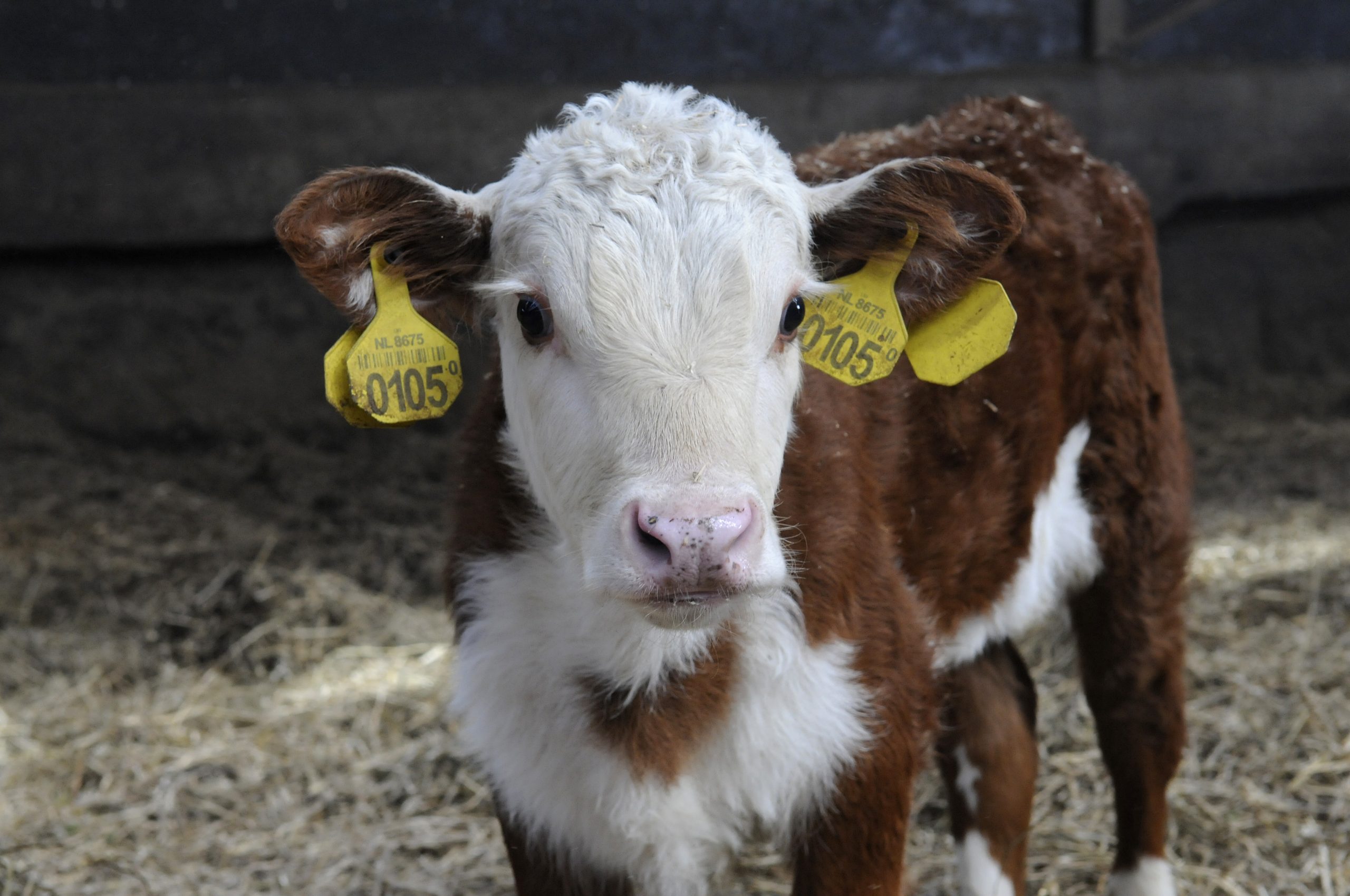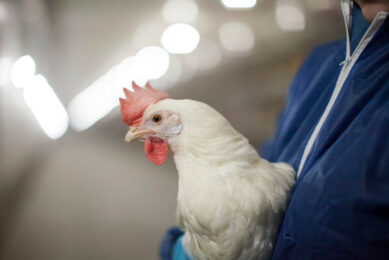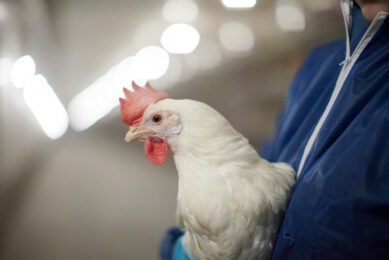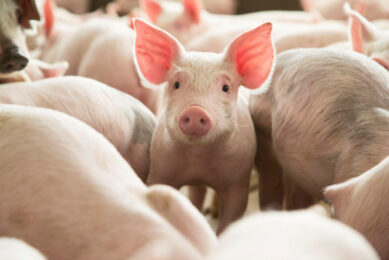Conditioning: A new way of feeding animals

Through the use of nutritional programming, livestock animals can be ‘conditioned’ to be healthier or more productive. Vaughn Holder from Alltech clarifies this new, but somewhat complex, way of looking at feeding our farm animals.
With new tools and techniques, such as genomics, we enter a new era of diet formulation for farm animals. But there are different terms circulating in the animal feed industry. Think of nutritional programming, nutrigenomics, epigenetics, blueprinting and conditioning. Are they all related? “Yes”, says Vaughn Holder, research project manager at animal nutrition company Alltech. “These concepts are all related, and – quite frankly – can be confusing at the same time.
Difference between epigenetics and nutrigenomics
Epigenetics refers to changes in gene expression that are not related to the actual gene code, but rather to factors that affect what genes are expressed and to what degree. Epigenetics is what we take advantage of to put together these programmes. Nutrigenomics refers to the effect of nutrition on these epigenetic processes, or the expression pattern of genes. Nutritional programming and conditioning are somewhat synonymous, except that nutritional programming is specific to the use of nutrition to condition gene expression, whereas conditioning could refer to other factors. An example of non-nutritional programming or conditioning would be exercise and fitness – gene expression is changing in response to exercise rather than diet. Finally, blueprinting is simply a brand that we use to describe this process – that is using nutritional strategies to modify the expression of genes in our favour”.
Intervention as early as possible
Alltech is conducting several studies in the field of nutritional programming, and presented some of these results at the latest Alltech annual conference. One of the studies refers to chickens. Trials were done to ‘condition’ the birds. According to Mr Holder, conditioning is preferred as early as possible. “Usually the earlier in life that you can intervene, the more powerful those effects can be. In this case, the nutrient concentration of the diet is modified in the first 90 hours of life. This essentially changes the efficiency with which birds can use these nutrients and allows you to get more out of subsequent diets. That then allows you to use lower nutrient content diets throughout the life of the animal without affecting performance”, explains Mr Holder.

Gene expression changes accordingly
Timing is important. “In most cases, the intervention has to be timed correctly to achieve the desired outcome. In the poultry trial, the first 90 hours after hatch are where the chick senses what kind of environment they are going to live in, and gene expression changes accordingly to make these birds more efficient. If we started these chicks on a regular diet, then stepped down to a low nutrient diet, you would likely have a train wreck as the birds are conditioned to use a higher spec diet. I don’t believe we have all the answers on timing yet”, he explained. He further addressed that gene expression can be modified at any point in the animal’s lifecycle. The Alltech EPNIX beef programme is a good example of this where the intervention is only put in place after the animals are weaned and received at the feed yard. These interventions can also be applied before the animal is born. Holder: “We have shown interventions in the egg, in utero and even interventions in the previous generation resulting in lasting changes in the gene expression of offspring”.
Genetics is not destiny
The increased knowledge of interaction between nutrition and gene expression raises the question if nutritionists should intensify their relationships with breeding companies. Breeding companies develop animals with a certain genetic make-up, but genetics can obviously be modified/adjusted throughout the animal’s production life. Mr Holder agrees and believes that there is certainly a case to be made for having nutritional practices keep up with genetic improvement progress. “However, much of the work that we do affects basal metabolic processes that will be present in all breeds and lines and so much of the interpretation of these data will not change depending on breed and genetic change”. But he is clear when it comes to a mind shift that needs to happen. “When we talk about changing the nutrient requirements for animals and feeding less nutrients than the nutritional model tell us to, it can make people uncomfortable. However, usually no path worth travelling is and easy one and I believe that these programmes will be adopted broadly as long as they are backed by sound data and there are good reasons to put these programmes in place”, Mr Holder explained.
Efficiency and antibiotic reduction
Nutritional programming is also relevant towards antibiotic and hormone free livestock production on a global level. Holder: “The genetics of the animal contains the code to achieve all the things that we achieve with antibiotics and hormones. When we start to look at things like nutritional interventions that improve immune function and others that modify growth hormone receptor (both of which we have shown) you can start to see how we can start to achieve these types of responses. That being said, it is perhaps just as important that these interventions work alongside the current technologies that we use in livestock production”.
Great results in feed efficiency
From the trials so far, Alltech sees great results, primarily in the area of feed efficiency. “The poultry work that we presented is perhaps the best example. By modifying early life nutrition, we have essentially changed the nutrient requirements for that animal and rewritten the book on how that animal can be most efficiently fed. We also have barely scratched the surface on the types of things that we can do with this type of technology”. Do diets become cheaper then? It can be yes. In the poultry example that was given, it was due to the fact that less expensive ingredients and lower nutrient concentration in the diet could be used without compromising performance. The answer to this will be specific to each application. Alltech has done work in multiple species and research continues in all agriculturally important species.











